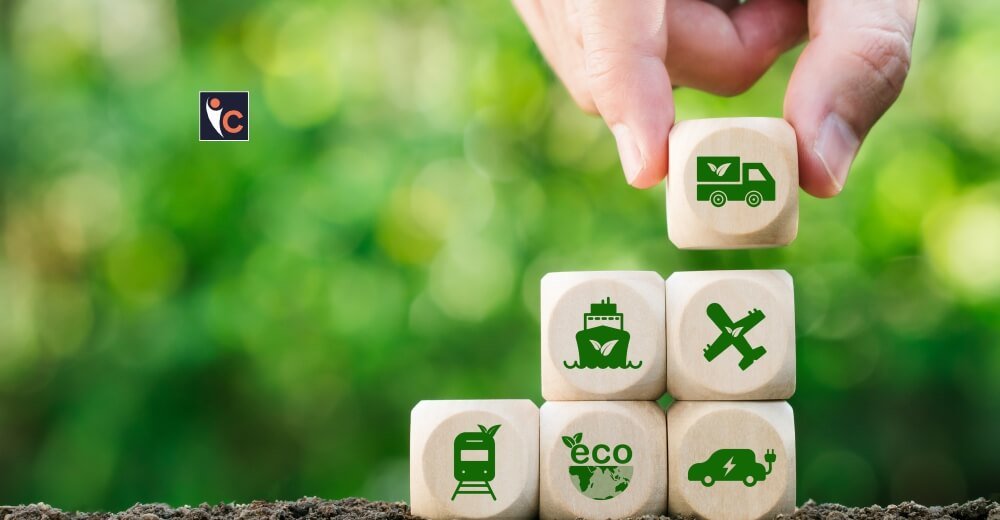Hydrogen Economy
The urgency of addressing climate change could not be more pronounced. Global temperatures are on the rise, and the impact of climate change is no longer in doubt; hence, there is an absolute need for a low-carbon economy. This adaptation holds great significance in mitigating climate change and sustaining energy use practices.
This article examines the main tactics and tools that can help with this shift, emphasizing the value of clean energy sources, creative storage options, and effective use techniques.
The Need for a Low-Carbon Future
Climate change is that factor of life which works as an immediate threat to the ecosystems, health of humans, and world economies. The usage of sustainable energy systems is essential because the primary source of carbon dioxide emissions occurred through fossil fuel combustion for energy generation. That is where the Intergovernmental Panel on Climate Change (IPCC) sets the target on a strategy- greenhouse gas emissions to be kept at net zero by 2050, and global warming should not exceed 1.5 degrees Celsius above the preindustrial level. Thus, the whole production, storage, and consumption of energy must be taken into account.
Embracing Renewable Energy Sources
Renewable energy sources are the future of low-carbon existence. Photovoltaic systems directly tap on solar radiation to create electricity. As costs decrease and technology improves, it may rank among the list of rapidly growing energy sources with one of the fastest growth rates. Innovations such as solar tracking systems and bifacial solar panels improve productivity and efficiency.
Wind turbines utilize the kinetic energy of wind and convert the same into electricity. Clean energy production is being increased by increasing more onshore as well as offshore wind turbines. The growth of the sector has also been dependent upon bigger turbines of higher capacity factors.
Generating power by running water has been one of the most reliable forms of renewable energy for many decades. There are much more environmentally friendly small and run-of-river hydropower projects but some significant hydropower projects have bad environmental impact.
Hydrogen Production
With such an adaptable energy source, hydrogen may hold massive importance in decarbonizing many industries. Green hydrogen produced by electrolysis using renewable electricity provides a clean replacement for transportation and heavy industries. Hydrogen’s promise as a low-carbon fuel source becomes increasingly feasible with the reduction of costs and improvements in technology.
The Challenges of Intermittency
Probably the biggest problem with renewable sources of energy is its variable nature. The availability of solar and wind power will depend on time and weather conditions. Good energy storage solutions must be developed to ensure that electricity can be delivered uninterruptedly.
Batteries are one of the biggest energies stored solutions currently, with lithium-ion batteries leading that trend due to high efficiency and decrease in costs, though newer entrants, like solid-state batteries, promise greater leaps in safety and performance.
Pumped hydro is one of the most efficient large-scale storage techniques. This technique works by pumping water uphill during low consumption and running it downhill to provide electricity during peak consumption periods. Another reliable storage method is thermal energy storage, a technique that captures the excess heat produced from renewable sources for usage later. Concentrated solar power plants often use thermal energy storage systems to provide electricity even when sunshine is absent.
Storage innovations are coming along, including flow batteries, compressed air energy storage (CAES), advanced flywheels-these diverse technologies provide different choices for various scales and applications that stabilize and provide better reliability in the overall grid.
Utilization Strategies
The transport sector remains one of the main sources of greenhouse gases. Switching internal combustion to electrical power in the case of vehicles will thus greatly reduce carbon footprints. Governments worldwide are also investing in EV infrastructure, which includes installing charging stations and incentives to consumers.
Therefore, smart grids technologies complement the traditional infrastructure with digital communication tools to better manage electricity supply and demand. Such an advancement facilitates real-time monitoring and optimization of energy, which supports the integration of distributed renewable resources.
The improvement of efficiency of energy in buildings as well as in industrial processes presents a strategy of lowering total energy use. Retrofitting an existing structure with better insulation, efficient heating systems, and smart technology could result in high savings in both energy and cost.
Conclusion: Collaborative Efforts towards Sustainability
Public and private cooperation will be indispensable to design new pathways for production, storage, and utilization within a low-carbon future. Policymakers need to design supportive frameworks that attract investment in renewable technologies and foster efforts in researching innovative solutions.
Meeting the energy needs of a sustainable future will not come from dependence on a single technology that will somehow satisfy all the energy requirements while also reducing carbon emissions sufficiently; instead, integrated approaches combining multiple technologies are required. By embracing such pathways today, we pave the way for future generations to enjoy a cleaner, healthier world.










